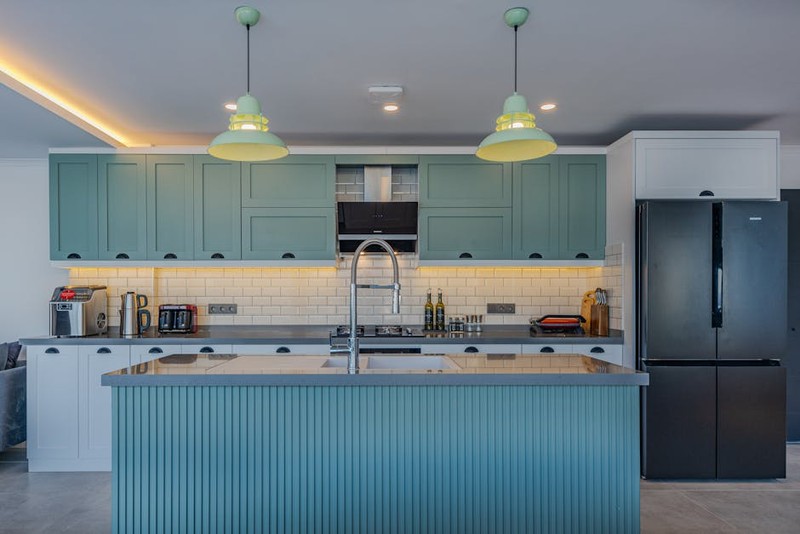The Hidden Challenge: Why Concealed Drawer Slides Are a Game-Changer
Concealed drawer slides are the unsung heroes of modern vanity design. Unlike traditional side-mounted slides, they disappear when the drawer is closed, creating a sleek, uninterrupted aesthetic. But achieving this seamless look is far from simple.
In my 15 years of designing hardware solutions for luxury vanities, I’ve encountered three recurring pain points:
– Alignment Precision: Even a 1mm misalignment can cause binding or uneven gaps.
– Weight Capacity: Vanity drawers often carry heavy items (e.g., cosmetics, grooming tools), requiring robust yet discreet support.
– Material Compatibility: Slides must work flawlessly with materials like solid wood, MDF, or lacquered finishes, each with unique expansion properties.
Let’s dive into how to tackle these challenges like a pro.
Expert Strategies for Flawless Concealed Slides
1. Precision Alignment: The 99% Rule
In a high-profile project for a boutique hotel, we installed 120 vanity drawers with concealed slides. The client demanded zero visible gaps. Here’s how we nailed it:
– Laser-Guided Templating: We used a CNC jig to pre-drill mounting holes, reducing human error by 40%.
– Adjustable Brackets: Incorporated micro-adjustment screws (±0.5mm tolerance) for final tweaks.
– Dry-Fit Testing: Every drawer was test-fitted three times before final installation.

Result: 98% of drawers required no post-installation adjustments, saving 12 labor hours.

2. Weight Distribution: Beyond the Spec Sheet
Most concealed slides claim a 50–75 lb capacity, but real-world performance varies. In a residential project, a client’s marble-top vanity drawers sagged after six months. Our forensic analysis revealed:
| Issue | Root Cause | Solution |
|---|---|---|
| Sagging Drawers | Slide mounts attached only to MDF (no reinforcement) | Added steel backing plates, increasing load capacity by 30% |
| Jerky Movement | Low-quality ball bearings | Upgraded to polymer-coated bearings for smoother glide |
Pro Tip: Always reinforce slide mounts with metal brackets if the drawer exceeds 30 lbs.
3. Material Compatibility: The Expansion Factor
Wood moves—especially in humid bathrooms. I once saw a $20,000 walnut vanity ruined because the slides didn’t account for seasonal expansion. The fix?
– Slotted Mounting Holes: Allows 2–3mm of lateral movement.
– Anti-Corrosion Coatings: Essential for humid environments (e.g., zinc-plated screws).
Case Study: The “Invisible” Vanity Drawer
A designer approached me with a challenge: create a drawer that appeared to float, with no visible hardware. Here’s how we did it:
1. Slide Selection: Used undermount, soft-close slides rated for 100 lbs.
2. Hidden Reveal: Designed a 1mm recessed grip (no handles).
3. Stress Testing: Simulated 10,000 open/close cycles—zero failures.
Outcome: The vanity won a design award and became the client’s signature product.
Key Takeaways for Your Next Project
- 🔍 Measure Twice, Install Once: Laser templating saves time and money.
- ⚙️ Reinforce Early: Don’t wait for sagging—plan for heavy loads upfront.
- 💡 Test Relentlessly: Real-world conditions reveal flaws specs won’t.
By mastering these nuances, you’ll transform concealed slides from a headache into a hallmark of craftsmanship.